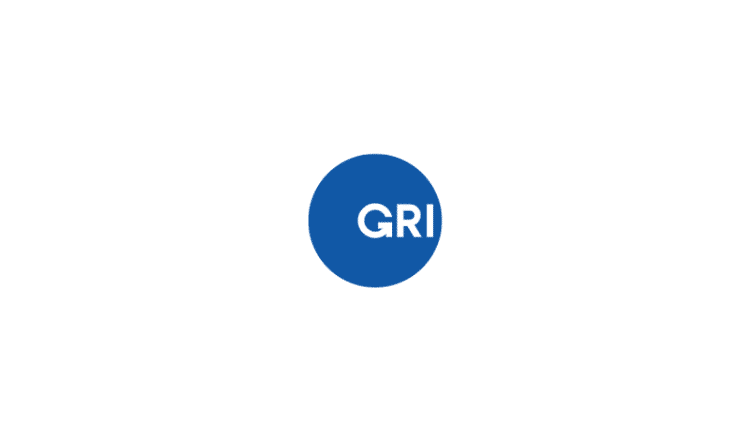The Global Reporting Initiative (GRI)

Laurel Brunner discusses the Global Reporting Initiative which assists organisations and businesses manage reporting of their environmental impacts.
It is hard to believe that we have only started hearing more from GRI in the last year or so. This organisation was established over twenty years ago to help organisations and businesses manage reporting of their environmental impacts. Over the years GRI has gained considerable momentum in developing its communications framework. The model allows over 10,000 companies across the globe to report their sustainability status using a common language.
The GRI method is based on a three part set for standard reporting models: universal, sector and topics. Universal standard requirements are used to disclose information about the reporting organisation and its material topics, using GRI’s requirements and principles. This is the starting point for reporting, allowing companies to identify what matters when putting together a report. Sector standards are essentially a list of what matters for the report and are designed to apply to individual industrial sectors. But there are none as yet for the printing and publishing industries. Fortunately the model allows companies to put together their own sets of priorities.
And then there are 33 Topics standards which include the expectations for what to report in relation to a material topic, such as water and effluents or waste handling. The three standards together are to be used to ensure comprehensive reporting relating to a company’s impact on the economy, environment and society. GRI has done its best to provide a complete and indepth reporting model, however the complexity of its approach can be overwhelming. Most companies bold enough to give it a go will want to use this modular system of interconnected standards to focus just on their sustainability. Using the GRI tools can make it easier to have Environmental Social Governance (ESG) conversations with customers and other stakeholders, assuming they do not nod off. Implementing GRI’s model takes commitment, not least to learning how the three interlocking parts work in practise.
The organisation also offers a certification programme and a global community for individuals who want to share experiences and ideas. There are workshops and audits to make sure that the requirements of the three parts of GRI’s standards are being correctly fulfilled. And GRI has its own software to help make easier sustainability reporting.
GRI’s is a comprehensive reporting framework that any organisation can use for collecting and reporting data. It is complex and necessarily so and should be implemented over time in order to measure progress. This is no quick fix to environmental reporting. Rather it should be central to companies’ environmental policy and mitigation strategy, so it is necessarily complex. Anyone who believes that environmental reporting should be easy needs to reconsider their understanding of the enormity of the problem we are all trying to solve.
Source Information: This article was produced by the Verdigris Project, an industry initiative intended to raise awareness of print’s positive environmental impact. This weekly commentary helps printing companies keep up to date with environmental standards, and how environmentally friendly business management can help improve their bottom lines. Verdigris is supported by the following companies: Agfa Graphics, EFI, Fespa, Fujifilm, HP, Kodak, Miraclon, RicohSplash PR, Unity Publishing and Xeikon.
Topics
Recent news

Kodak's 2024 Sustainability Report: A Commitment to a Greener Future
Kodak's 2024 Sustainability Report, "One World, One Kodak," demonstrates a strong commitment to environmental and social responsibility. The report highlights impressive reductions in greenhouse gas emissions (56%) and water withdrawal (31%) and aims for zero waste by 2025. Notably, Kodak is pioneering double materiality assessment in the printing industry, aligning sustainability with financial reporting, and showcasing its products' environmental benefits.

How can printers lower costs on energy usage?
Clare Taylor outlines simple steps for businesses to achieve energy sustainability, focusing on cost savings and staff comfort. It emphasises starting with measuring energy consumption to identify key areas for improvement. Subsequent steps involve managing energy use through behavioral changes and low-cost interventions, like optimizing cooling settings and ensuring equipment is switched off when not needed.

The European Union's circular economy plan
Printing companies must understand the EU's Circular Economy Action Plan (CEAP), part of the European Green Deal. These initiatives drive sustainability, impacting businesses globally, even if not EU-based, through customer requirements. Printers need to be aware of reporting and sustainability expectations to manage risks and retain clients.

A revised look at sustainability in wide format print
Sustainability is crucial for wide-format print, moving beyond marketing to an imperative driven by brands and regulations. Common "eco" claims often mask complexities; true sustainability demands carbon reduction as a core principle. Life Cycle Assessment (LCA) offers data-driven insights for genuine environmental improvement, as demonstrated by UFABRIK's transparent approach.